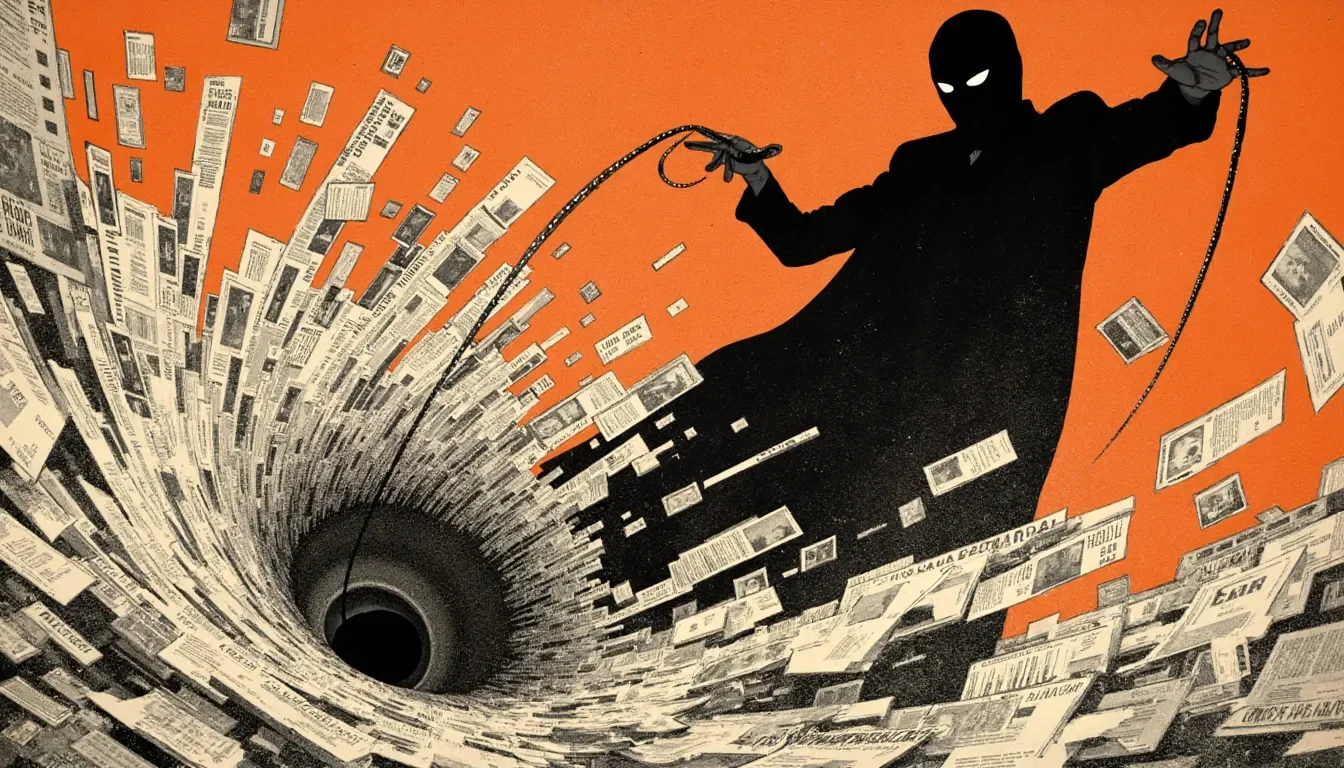
T H E W A R C H E S T
Between Blade and Book. Lessons from the Labyrinth
The Strategist's Scroll. Unpack the timeless nexus of warfare, philosophy, and power dynamics through the lens of Robert Greene 's enduring insights. This blog explores how strategic thinking, human nature, and intellectual wisdom converge on the battlefield of life, from ancient conflicts to modern influence.
The Cage of Context
Delve into the Clausewitzian theory of warfare, understanding why conflict is never an isolated act but deeply rooted in political context and human imperfection. This article offers an essential guide to the nature of conflict, perfect for those seeking to enhance their understanding of strategy, philosophy, and…..
Clausewitz, Chapter 6
Delve into Carl von Clausewitz's pivotal Chapter 6 of On War, where military philosophy confronts the gritty reality of warfare. This essential reading provides a profound dive into strategy, challenging theoretical extremes with practical insights for those passionate about the nature of conflict and power……
The Brutal Truth of War
Delve into Carl von Clausewitz's On War and uncover the profound philosophy of warfare, exploring his chilling yet essential argument that the ultimate aim is to disarm the enemy. This strategic insight, crucial for understanding conflict and power dynamics, resonates with the readership of Robert Greene, offering timeless lessons…..
The Unyielding Logic of Annihilation
Delve into Carl von Clausewitz's foundational On War and uncover his potent thesis: the ultimate aim of warfare is to disarm the enemy. This essential exploration for fans of military strategy, Robert Greene's The 33 Strategies of War, and those interested in the philosophy of conflict reveals profound insights into the…..
The Unseen Architect of Victory
Dive deep into the timeless wisdom of Carl von Clausewitz's On War, Book 1, Chapter 3, as we meticulously analyse "On Military Genius" – a crucial text for anyone interested in strategy, leadership, and the philosophy of warfare. This video unravels Clausewitz's profound insights into the intellectual and…..
The Enduring Paradox of War
Carl von Clausewitz's On War illuminates the fundamental paradox of conflict: while the theoretical "pure concept" envisions total annihilation of the enemy, actual warfare is a dynamic interplay of political objectives, resource constraints, and the psychological will to fight. Strategies often diverge from outright destruction…..
The Enduring Anarchy
Carl von Clausewitz's On War, particularly its foundational first chapter, offers uncomfortable yet enduring truths about conflict. He argues that war is profoundly human and political, intrinsically uncertain, and consistently driven by the political objective. Commanders, therefore, require acute intellectual insight and…..
The Unyielding Earth
Miyamoto Musashi's "The Earth" chapter from The Book of Five Rings offers a stark, practical philosophy emphasising relentless training, objective self-assessment, and a holistic approach to strategy. It advocates for shedding emotional baggage, understanding human nature, and viewing every aspect of life as…..
The Silent Erosion
While nuclear war remains the pinnacle of direct, irreversible destruction, cyberwarfare poses a distinct and potentially greater long-term danger through its constant application, ability to cause systemic societal collapse, and erosion of truth and trust. It presents a constant, pervasive risk that can trigger wider…..
The Digital War Within
Social media has been weaponised by state and non-state actors for information and hybrid warfare, employing disinformation, propaganda, psychological operations, and radicalisation tactics to achieve strategic objectives. This digital assault erodes trust, polarises societies, and undermines democracies, requiring…..
The Silent War
Modern cyberattacks pose an existential threat, capable of crippling economies through financial disruption, critical infrastructure paralysis, and intellectual property theft, while simultaneously undermining military operations by compromising command systems, weapon platforms, and logistical networks…..
Bloody Rags and Iron Wills
The article explores the complex question of whether conventional armies can defeat insurgencies, arguing that while powerful forces hold tactical advantages, these rarely translate into decisive victories against deeply rooted, popularly supported insurgent movements. Insurgencies thrive on political grievances and…..
The Perennial Quagmire
The article dissects the recurring failures of U.S. military interventions in Vietnam and Afghanistan, highlighting striking parallels in their causes, from political myopia and corrupt local allies to cultural misunderstanding and dwindling public support. It argues that these conflicts serve as stark case studies in…..
The Ghost in the Jungle
This article explores the distinct yet interconnected guerrilla warfare strategies of Mao Zedong, Che Guevara, and Ho Chi Minh, highlighting their shared objective of exhausting superior conventional forces. Mao cultivated popular support to build a peasant-based tide, Che ignited resistance through…..
The Ghost of Victory
Germany's defeat in World War II was inherently unavoidable, primarily due to overwhelming economic, industrial, and manpower disparities against the Allies, rather than specific strategic missteps like the invasion of the Soviet Union. Alternative strategies, such as focusing on Britain and the Middle East….
From Treachery to Triumph
This article contrasts the static, attritional warfare of World War I, characterised by defensive technological dominance and doctrinal stagnation, with the highly mobile and offensive campaigns of World War II. It highlights how technological advancements in tanks, air power, and communication, coupled with innovative…..
The Battle of the Factories
World War II’s Allied victory stemmed critically from their superior industrial production and logistical capacity, which ultimately overwhelmed the Axis powers. The United States’ rapid retooling and mass production, coupled with the Soviet Union’s resilient industrial relocation and Britain’s technological innovation…..
The Unseen Hand of Neptune
Sea power fundamentally shaped global empires by enabling exploration, projecting military and administrative might, securing vital trade routes, and maintaining control over distant territories. While land armies conquered, naval dominance determined the scale, wealth, and longevity of empires, as evidenced by the…..
Napoleon
Napoleon Bonaparte's military genius established foundational principles like speed, dislocation, and force concentration that remain central to modern manoeuvre warfare. While technology, battlespace depth, and information systems have drastically evolved, the core concept of outmanoeuvring the enemy persists…..
The General and the Ghost
This document dissects the military genius of Napoleon Bonaparte, focusing on his early, paradigm-shifting campaigns. It argues that his greatness lay not just in victories but in his revolutionary approach to warfare. Key campaigns highlighted include the Italian Campaign (1796-1797), a masterclass in mobile warfare, speed…..



















